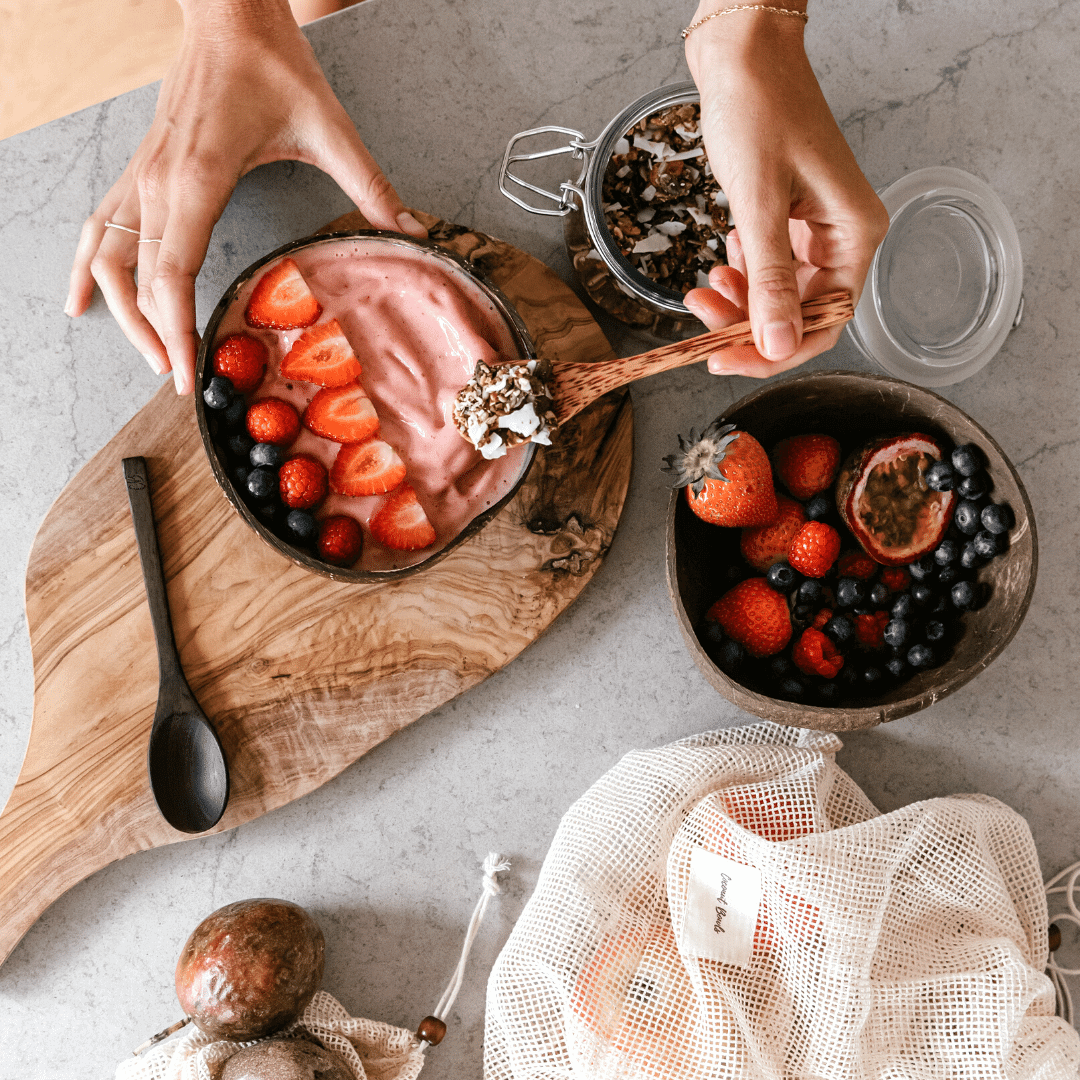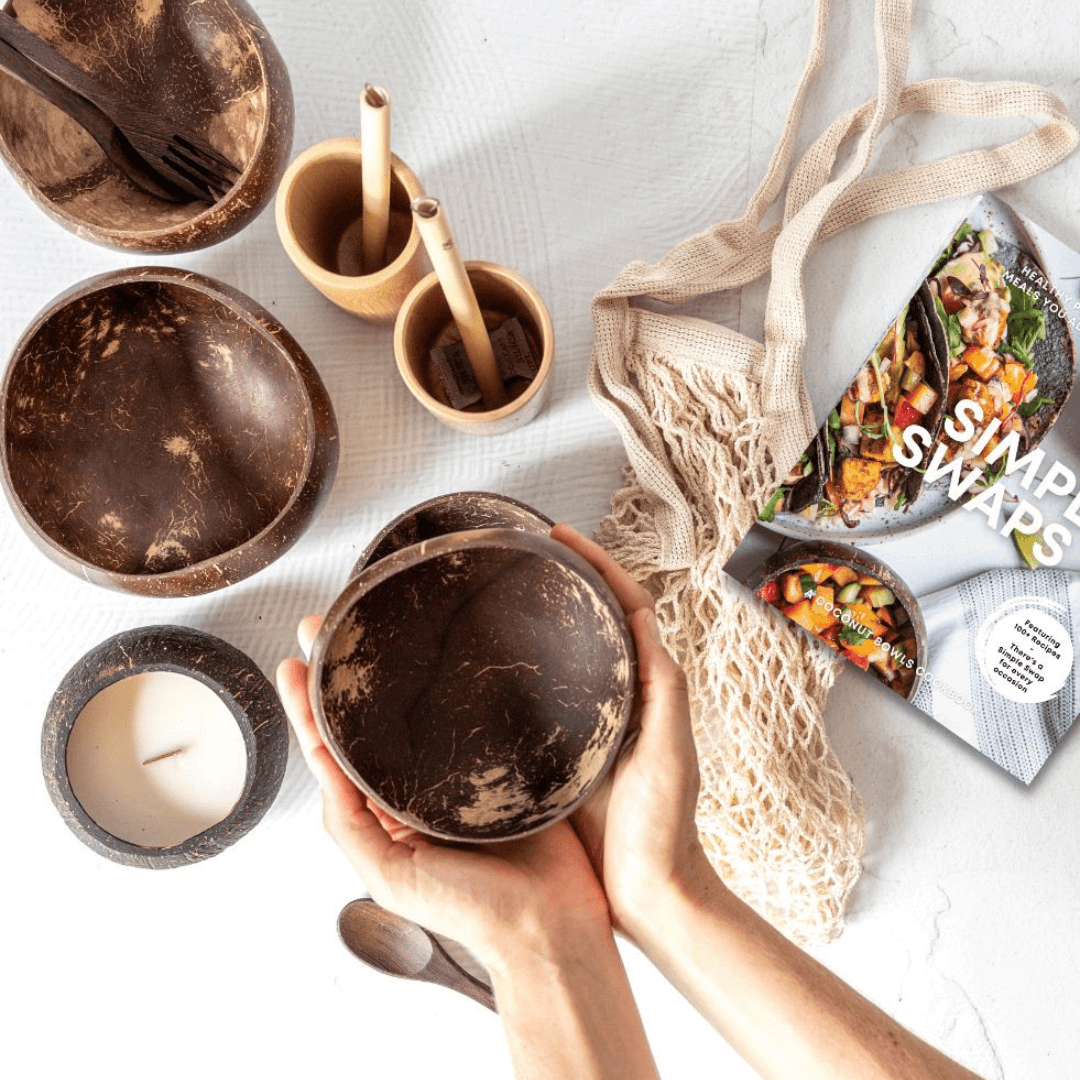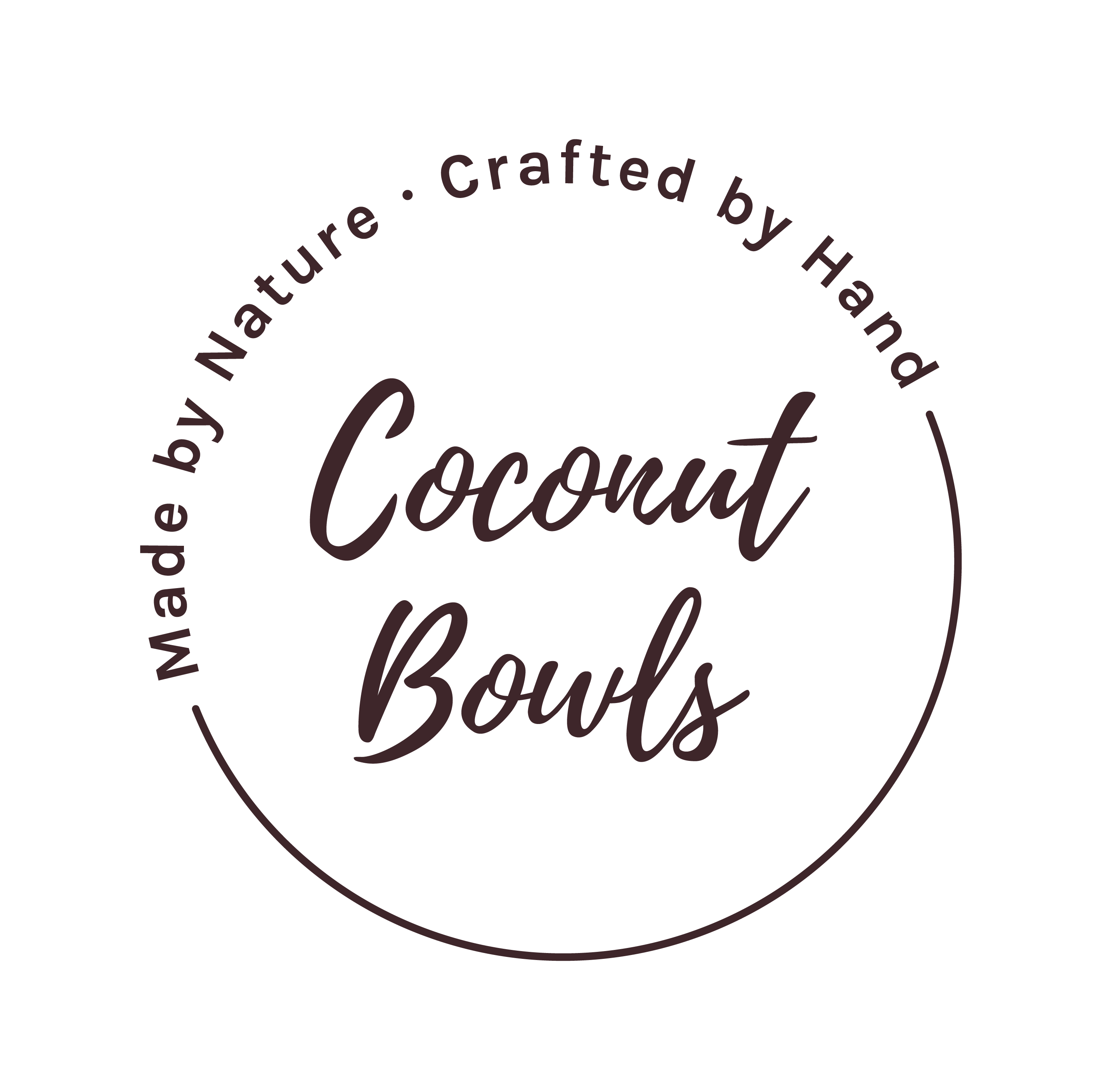We recently reconnected with Subpod, a fellow Byron Bay company and good friends of ours, to learn from the pros how simple composting at home is.
Contrary to what you may have heard or believed, Subpod said "People are skilled at complicating even the most straightforward things, like compost! Follow some basic principles and anyone can do it.
You'll learn everything you need to know in this article about how to turn kitchen scraps into premium soil food.
.
You may remember Subpod, from when they helped us make mini herb gardens in Coconut Bowls.
What you’ll learn:
What compost is
The only composting rule you need to know
How to compost
What you can compost
What system to compost with
What is compost?
Compost is just decomposed plants. All organic things on the planet decompose when they die and, given enough time, end up looking like soil (compost).
The Lion King's "circle of life" comes to mind. Composting is that. The only distinction is that we pick and choose what we let break down in our systems.
You only need to be aware of one composting rule.
Compost primarily contains two components.
Carbon can be referred to as "dry" or "brown" material. Paper, cardboard, coconut peat, dry leaves, wood shavings, and other materials are some of these ingredients.
Organic materials are also known as "wet" or "green" materials. These are the food scraps from your kitchen that you want to compost.
Now let's get to the rule. A balanced ratio of carbon and organic materials is necessary for a healthy composting system.
The amount of shredded paper you add should be equal to the amount of buckets of food scraps you add. (Or other forms of carbon.)

HOW TO COMPOST
Now that you are aware of the fundamental composting rule, the process itself is fairly easy.
Gather your kitchen waste. You can use an old ice cream tub or a similar container and simply throw any food scraps into it as you cook.
Feed your system.
Before attempting other composting techniques like digging holes in the ground, we advise starting with a simple system like Subpod. These techniques can bring a lot of unwelcome pests into your home if you live in a place where there are wild animals.
To give you an idea of the procedure, here is a video showing what feeding a Subpod looks like.
Add your carbon
Keep in mind to use equal amounts of carbon and food waste!
Repeat
Your compost will start forming, at which point you can harvest it.
Subpod have created free courses with instructional videos on their community website, Grow Hub, if you'd like to learn more about composting.
What is compostable?
Although practically all organic waste can be composted, it's best to start out by only using vegetables. Here is a recommendation for new composters to follow:

Do you want to know the main distinction between a Subpod and a compost bin? Flexibility.
In order for the compost to break down, compost bins must be quickly filled and then allowed to sit for extended periods of time. Approximately 6 to 9 months at a time.
But Subpod composts continuously. Compost worms and microbes begin to decompose your food waste as soon as you add it. This implies that you can consistently compost over time while feeding Subpod every day, including after every meal.
For the average person, it's a fantastic, versatile option, plus you get thousands of awesome new pets with your fresh compost! A triple win.







